How to Mastering Sequence Word Problems: A Comprehensive Guide
Understanding word problems involving sequences requires a step-by-step approach. Here's a guide to help you navigate these problems effectively:
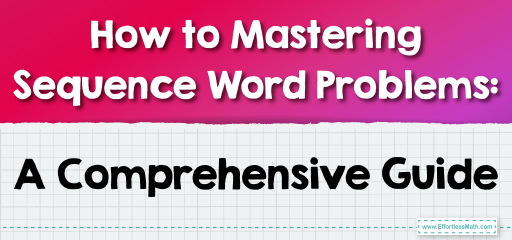
Step-by-step Guide to Mastering Sequence Word Problems
Step 1: Identify the Type of Sequence
Word problems involving sequences typically deal with arithmetic or geometric sequences.
- Arithmetic sequences have a constant difference between consecutive terms. For example, in the sequence \(2, 5, 8, 11\), …, each term is \(3\) more than the previous one.
- Geometric sequences have a constant ratio between consecutive terms. For example, in the sequence \(3, 6, 12, 24\), …, each term is twice the previous one.
Step 2: Understand the Problem
Read the problem carefully and try to understand what is being asked. Look for clues that indicate whether the sequence is arithmetic or geometric.
Step 3: Identify Known Elements
Determine which elements of the sequence are given and which you need to find. This may include the first term, the common difference or ratio, a particular term in the sequence, or the sum of a certain number of terms.
Step 4: Formulate Equations
Based on the identified elements, formulate equations.
- For an arithmetic sequence, the \(n\)th term is given by \(a_n=a_1+(n−1)d\), where \(a_1\) is the first term and \(d\) is the common difference.
- For a geometric sequence, the \(n\)th term is \(a_n=a_1×r^{(n−1)}\), where \(a_1\) is the first term and \(r\) is the common ratio.
Step 5: Solve the Equations
Use the equations to solve for the unknowns. This might involve solving for \(n\), \(a_n\), \(d\), or \(r\), depending on the problem.
Step 6: Consider Special Conditions
Sometimes, word problems may include special conditions like the sum of a certain number of terms. For these cases:
- The sum of the first \(n\) terms of an arithmetic sequence is given by \(S_n=\frac{n}{2}(a_1+a_n)\) or \(S_n=\frac{n}{2}(2a_1+(n−1)d\)).
- The sum of the first \(n\) terms of a geometric sequence is \(S_n=a_1\frac{1−r^n}{1−r}\) for \(r≠1\).
Step 7: Check Your Answer
Always recheck your solution to ensure it makes sense in the context of the problem. Verify that your answer adheres to the sequence’s rules and the problem’s specifics.
Step 8: Practice Regularly
Regular practice with different types of sequence word problems enhances understanding and problem-solving skills.
By following these steps, you can systematically approach and solve word problems involving sequences, making them less daunting and more manageable.
Examples:
Example 1:
A staircase has a total of \(15\) steps. The first step is \(2\) inches high, and each successive step is \(1\) inch higher than the previous one. How high is the \(15\)th step?
Solution:
This problem describes an arithmetic sequence where each step’s height increases by a constant amount. The first term \(a_1\) is \(2\) inches (height of the first step), and the common difference \(d\) is \(1\) inch (the increase in height from one step to the next).
We need to find the height of the \(15\)th step, which is the \(15\)th term of the sequence (\(a_{15}\)).
Using the formula for the \(n\)th term of an arithmetic sequence: \(a_n=a_1+(n−1)d\)
Substitute the given values: \(a_{15}=2+(15−1)×1=2+14×1=2+14=16\)
So, the height of the \(15\)th step is \(16\) inches.
Example 2:
A certain type of bacteria doubles in number every hour. If there is initially one bacterium, how many bacteria will there be after \(6\) hours?
Solution:
This problem describes a geometric sequence where the quantity of bacteria is multiplied by a constant factor at each stage. The first term \(a_1\) is \(1\) (initial bacterium), and the common ratio \(r\) is \(2\) (since the bacteria double each hour).
We need to find the number of bacteria after \(6\) hours, which is the \(6\)th term of the sequence (\(a_6\)).
Using the formula for the \(n\)th term of a geometric sequence: \(a_n=a_1×r^{(n−1)}\)
Substitute the given values: \(a_6=1×2^{(6−1)}=1×2^{5}=1×32=32\)
So, there will be \(32\) bacteria after 6 hours.
Related to This Article
More math articles
- 3rd Grade WY-TOPP Math Worksheets: FREE & Printable
- 4th Grade RICAS Math Worksheets: FREE & Printable
- Top 10 Tips You MUST Know to Retake the SSAT Math
- Full-Length AFOQT Math Practice Test
- 8th Grade New York State Assessments Math Worksheets: FREE & Printable
- Full-Length CLEP College Mathematics Practice Test
- 10 Most Common 8th Grade STAAR Math Questions
- How to Translate Phrases into an Algebraic Statement? (+FREE Worksheet!)
- Your Math Buddy: How to Unravel the Mystery of Mutually Exclusive and Overlapping Probabilities
- FREE 8th Grade MCAS Math Practice Test
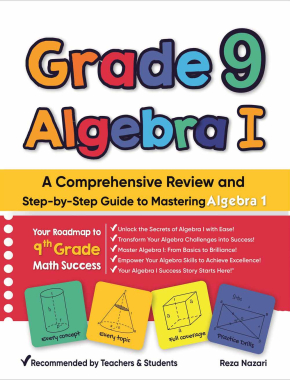
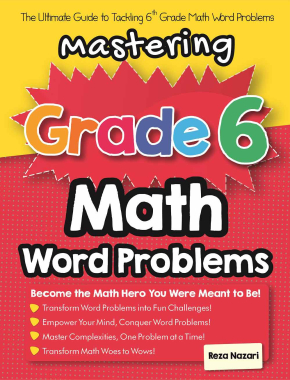

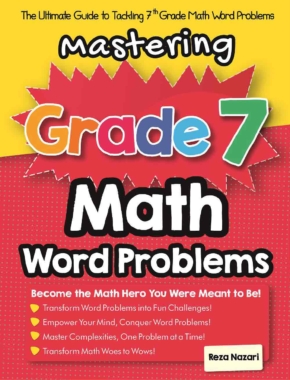

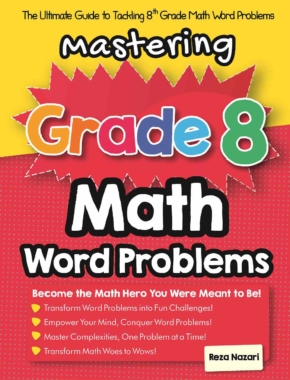

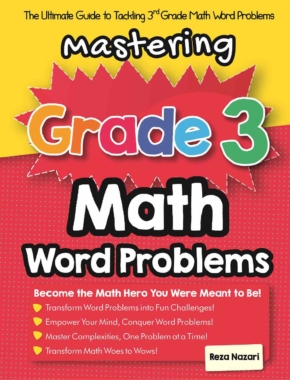
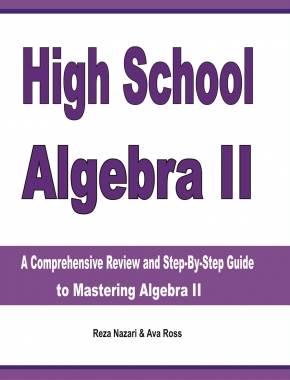
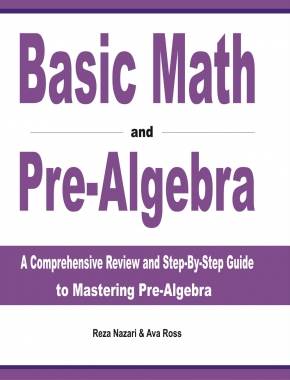
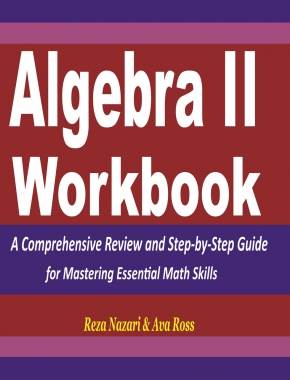

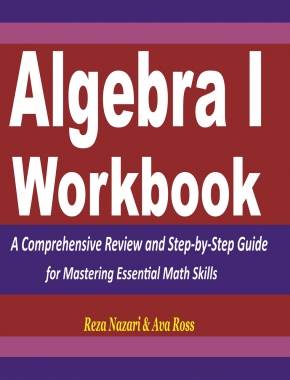
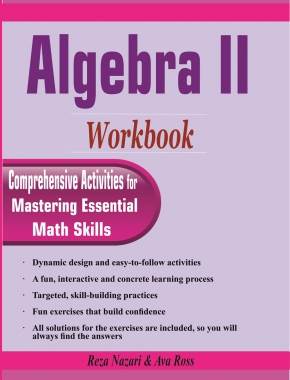
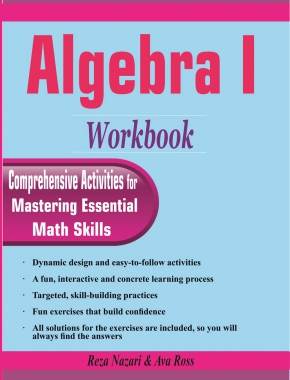











What people say about "How to Mastering Sequence Word Problems: A Comprehensive Guide - Effortless Math: We Help Students Learn to LOVE Mathematics"?
No one replied yet.